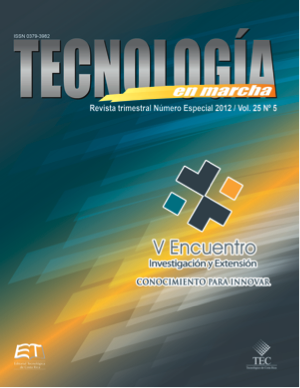SIR-ZEE: technology platform for local development
Main Article Content
Abstract
The Regional Information System of the Special Economic Zone (SIR-ZEE) was born about the year 1998 as a computer system to collect, manage and offer thematic generated in digital format by different public and private entities. In 2008, with the funds of Interuniversity Regionalization Program the National Council of Rectors approved the initiative SIR- ZEE: Platform Technology for Local Development which sought to strengthen productive capacities and capabilities of governance in the North Huetar Region through access to timely and relevant to the local economic development.
This article aims to present the relevance of an information system in local development planning and currently the SIR-ZEE is becoming a competitive advantage for the North Huetar Region facilitating decision-making process.The main results obtained at the end of the initiative was a proposal to the processing of strategic plans for local development in the North Huetar Region, awareness of local stakeholders on the participation in the various stages of planning, a territorial diagnosis with the added value of having the information geo-referenced and available on the web site and progress in the Strategic Plan for Local Development.
Article Details
Los autores conservan los derechos de autor y ceden a la revista el derecho de la primera publicación y pueda editarlo, reproducirlo, distribuirlo, exhibirlo y comunicarlo en el país y en el extranjero mediante medios impresos y electrónicos. Asimismo, asumen el compromiso sobre cualquier litigio o reclamación relacionada con derechos de propiedad intelectual, exonerando de responsabilidad a la Editorial Tecnológica de Costa Rica. Además, se establece que los autores pueden realizar otros acuerdos contractuales independientes y adicionales para la distribución no exclusiva de la versión del artículo publicado en esta revista (p. ej., incluirlo en un repositorio institucional o publicarlo en un libro) siempre que indiquen claramente que el trabajo se publicó por primera vez en esta revista.

